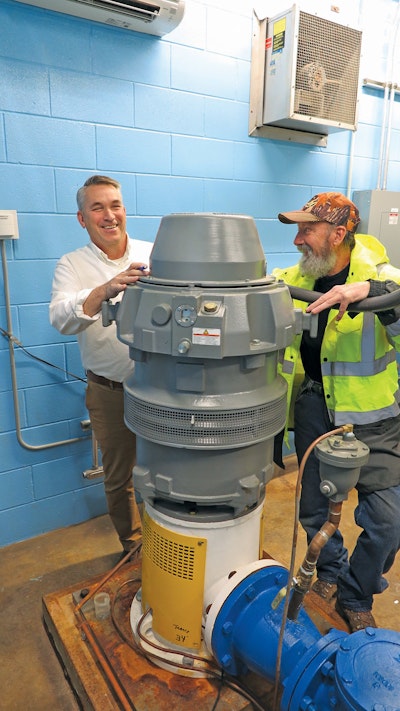
The Groton (Massachusetts) Water Department’s Baddacook Pond Treatment Facility was constructed in 1897. The community’s history predates the Revolutionary War.
What the Groton Water Department accomplished in 2019 is impressive and indeed worthy of recognition by the Massachusetts Department of Environmental Protection.
The Boston suburb was recognized for optimizing two existing sources of water. But Groton’s Whitney Pond Wells pump...








